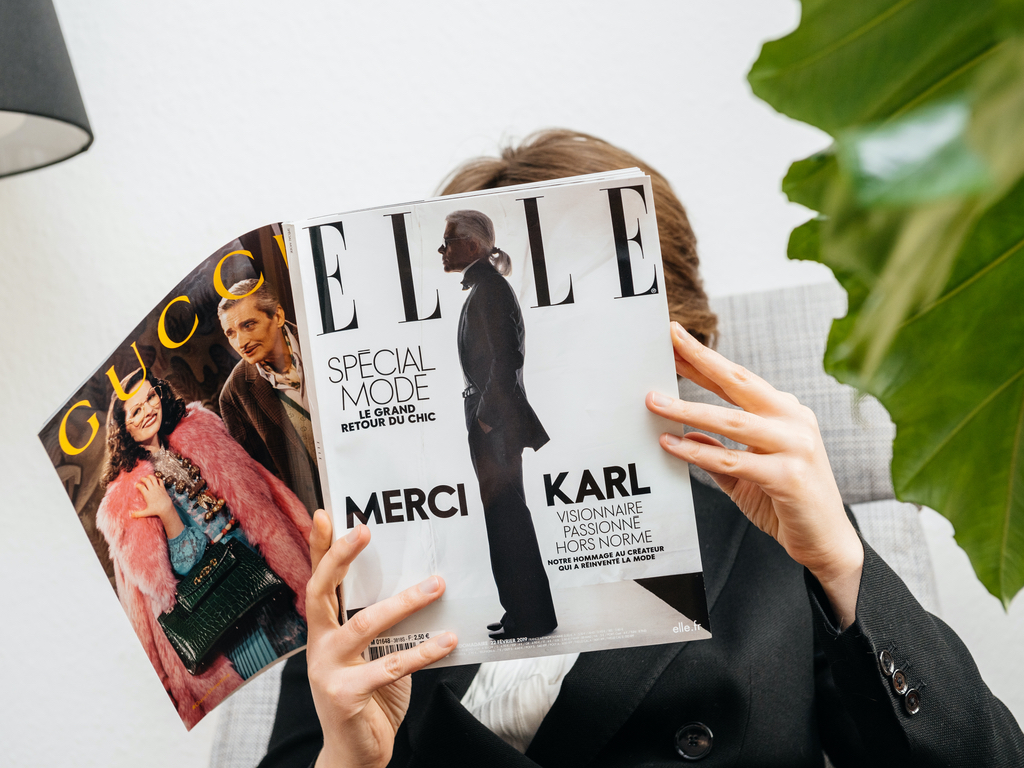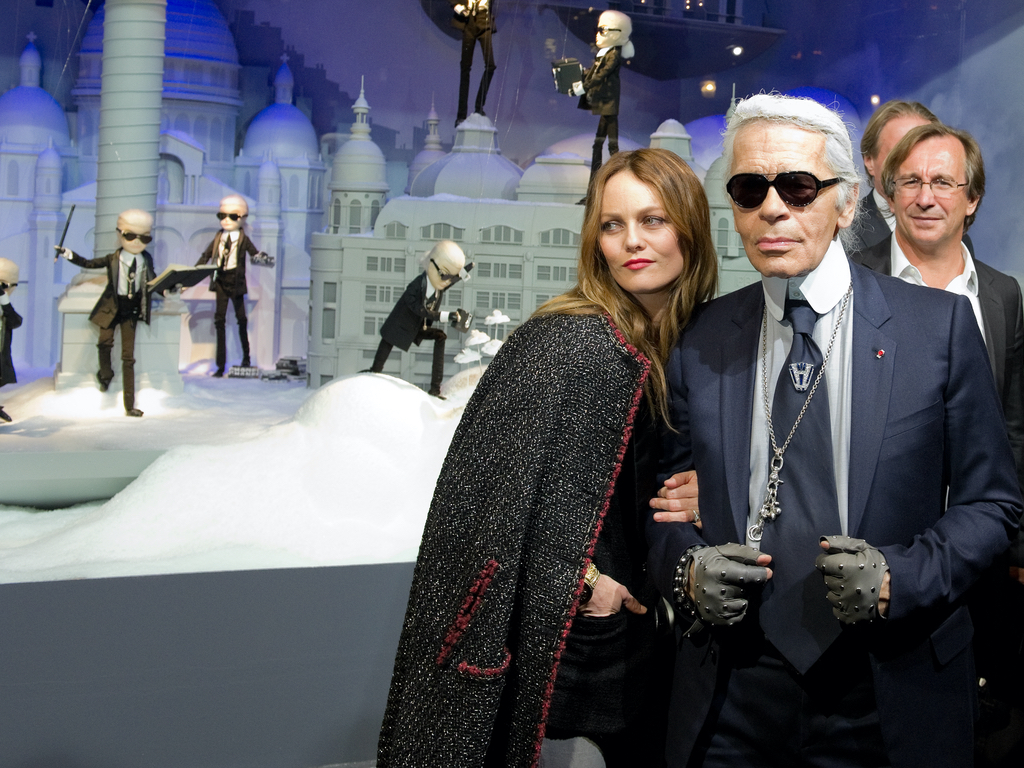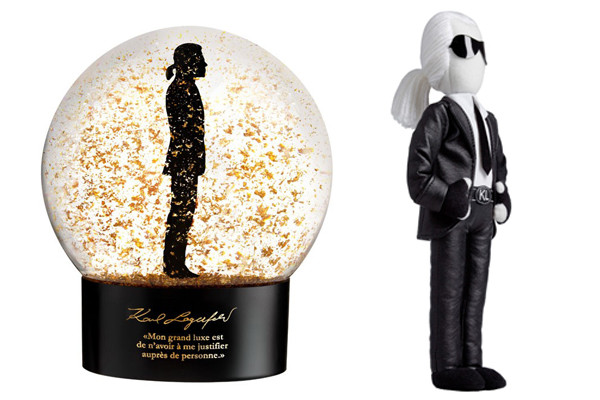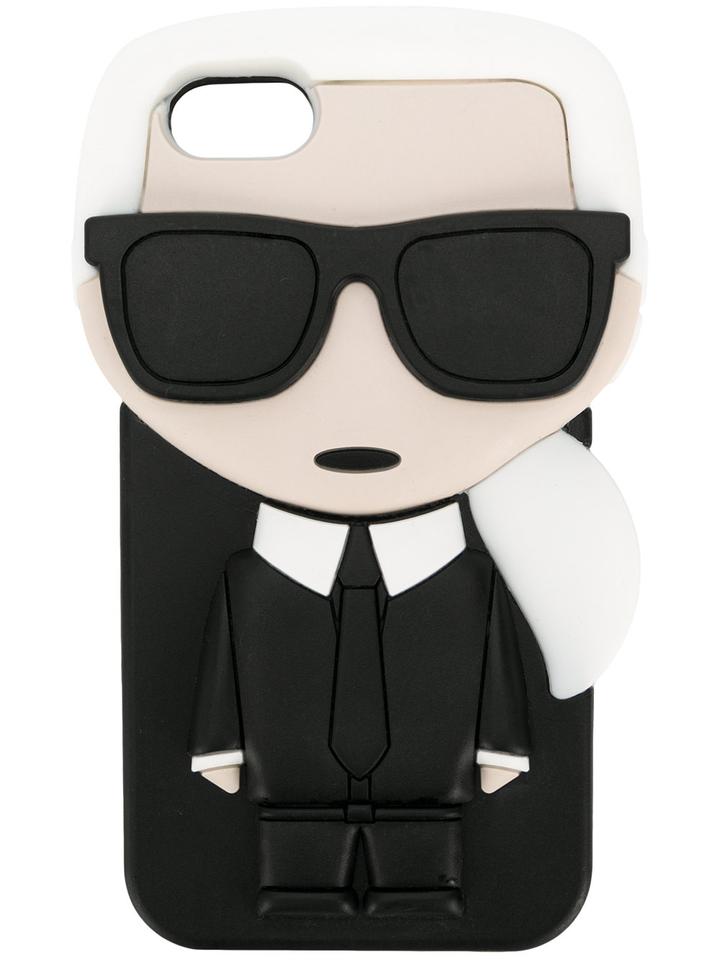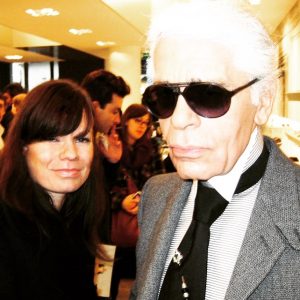.
This month’s post is truly an inspirational one; a story of how our guest writer learned to tune into a calling and listen to that voice of authenticity. This is no easy feat for many, as this voice is typically one that can beckon us but is often ignored, its showreel of ideas often immediately shelved, or dismissed entirely. This voice might even appear with a sidekick; a feeling that manifests as an urge or longing to do something that just feels more you. Listening to, and then acting on, that voice means having the courage to move outside of your comfort zone, with all the vulnerability and fear that this brings. Here, writer Lucy Austin shares how she took that brave step to align her work with her passion and values, and live her authentic personal brand.
Here’s Lucy…

Hello. In the future, you might read one of my books.
Unable to put it down, you’ll tell your friends about it, who’ll tell their friends, who’ll tell their friends. I become a bestseller. I’ve reached my highest potential. Thank you.
It sounds pretty good, doesn’t it? I’m not a critically and commercially successful writer, yet. I’m trying to make a name for myself, and if you’re reading this, I’ll chance that you are too. I’m an unpublished author who wants to go the ‘traditional’ route, and in writing this blog, I’m making another commitment to the future I want to create. I’m showing up and speaking my truth, though it’s not always easy.
It’s a value that the Golden Notebook and I share – living your authentic self/brand consistently. I harness the power of ‘living that’to not only help achieve goals like mine but harmonise my lifestyle too, though I didn’t always feel that way. For a good chunk of my life, I denied what made me happy, until I realised it wasn’t working for me. Though it’s not always convenient and it comes with its challenges, ‘living that’ ultimately empowers me in everything I do.
Challenges, hurdles and barriers, oh my!
One of those challenges – one of the biggest in fact – was my job. For most of my professional life, I’ve worked in PR, but I’d never ‘chosen’ it as a career. I’d always wanted to write; originally, I wanted to be a journalist, but let fear stand in my way. It took a long time to admit I wasn’t happy, and even longer to do something about it.
Around my thirtieth birthday, I finally found the courage to write my first book. It was awful – terrible! – but it taught me a lot and inspired me to get better. I read books on writing, undertook workshops here and there, and joined a writing group; I wrote in the evenings and weekends, punched words into my phone on the way to the office, and even in the gym. Reading and writing, writing and reading; on it went.
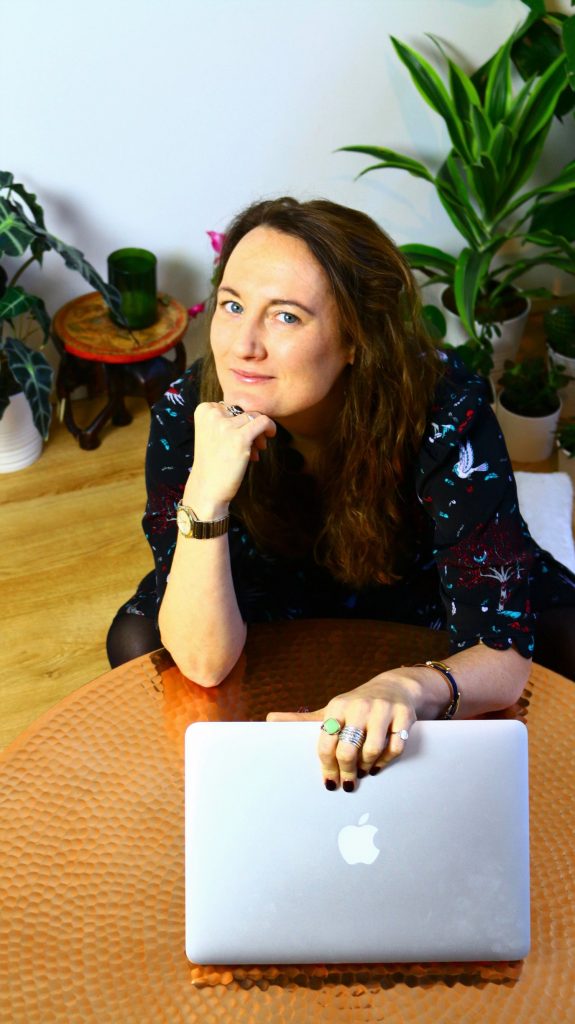
Writer Lucy Austin
Leaps of faith; heaps of (old) beliefs
On 1stJune 2018, the day before my thirty-fourth birthday, I took a big leap of faith and finished my ‘day job’ being a PR, to never going back. Armed with savings, rebates, and undertaking a month-long, part-time gig, I’ve managed for a little over twelve months to live a ‘writer’s life’ and help activate my future reality. It’s enabled me to finish the third and final edit of my book (that’s a separate blog in itself!), and as of November 2018, start submitting it to agents. I’ve also completed the first draft and edit of my second book.
Some might say I’m creating a ‘new identity’, though I feel like I’m living who I really am and have always been, but buried or forgot along the way. In reminding myself and breathing life into it, there was a lot that I needed to let go of – old beliefs and patterns which no longer served me and held me in a place that I had no desire to be. That took a lot of soul searching, being honest with myself, and digging deep.
A writer’s life: From fiction to reality
How I’ve been cultivating my future-reality:
- Living congruently: I question anything which isn’t in alignment with the life I want to create – is this congruent with what I want? That can be the pinch – making decisions, acting on things from big to small that are consistently authentic to who you are and your bigger picture. It can be a small as following someone relevant on social media, to **real-life example** taking up a screenwriting course, so you’re best placed to adapt your manuscript in the future. I’m human and might not ‘get it right’ every time, but keeping one eye on my north star helps.
- Manifesting with imagination:I don’t have a blueprint to how my vision will manifest itself, but I try to bring it into my consciousness consistently. That can include things like positive affirmations and visualisations – I’ve even drew a rough mock-up of my novel’s sleeve on my fridge! Anyone who appreciates the Law of Attraction understands the power and potential of thoughts and intention. I read books like Think and Grow Rich which retrospectively affirmed the steps I’d already taken, Ask and It Is Given and anything by Brené Brown, which helps foster ‘can do’ mindsets and different perspectives.
- Leveraging ‘your tribe’: Having people around you who understand what you want out of life, and who tell you the truth/call you out on your shit, is essential. My best friend has also been working towards her highest potential goal, and her support has been invaluable because she really gets what I’m trying to do. I’ve drawn so much strength from friends and family who believe in my vision, and everyone I’ve told has been super supportive. I think when people see your passion and determination, carrying on despite fear or doubt, they find inspiration and encouragement for themselves too.
- Sublime self-trust: Having faith in your goal takes courage, and to have courage, you need strength. Strength is will, perseverance, belief in self and something outside of you, and a sense of fearlessness. The foundational pillar to all of that is trust – sublime trust in yourself and the world, that if you’ve taken all the possible action and responsibility needed to make it happen, then it will happen.
Keep on, keeping on
Constantly having faith and trust can be hard. When I’ve got a knock-back from an agent – statistically it’s gonna happen, it’s a tough industry – I can’t help but question: am I supposed to be doing this? Can I really become a success? In those moments, I revert to the single most important truth that I know: I am a writer. I know I’m supposed to write. Believe me, if I didn’t need to, I wouldn’t! There are no guarantees in the publishing game, and financially, I need to support myself, so more decisions and actions will follow, but there’s no turning back. I’ll keep on moving forward, though that takes courage too.
So often in life, ‘being strong’ comes from situations that aren’t of our choosing; if someone we love falls ill, or something shocking happens out of the blue. Instead, I’ve chosen this pathway, and if you’re still reading, you may well have chosen yours too. This whole journey has been the most challenging but rewarding thing of my life so far. I don’t know about you, but I’ll continue choosing my pathway. I’ll keep on, keeping on; I’ll choose it again and again until, at some point in the future, you might read one of my books and won’t be able to put it down.
 ****************************************
****************************************
You can read about Lucy’s about book and other writing on her website at Lucyaustin.com, and also check out her ‘writer’ Instagram and twitter channels.
![]()
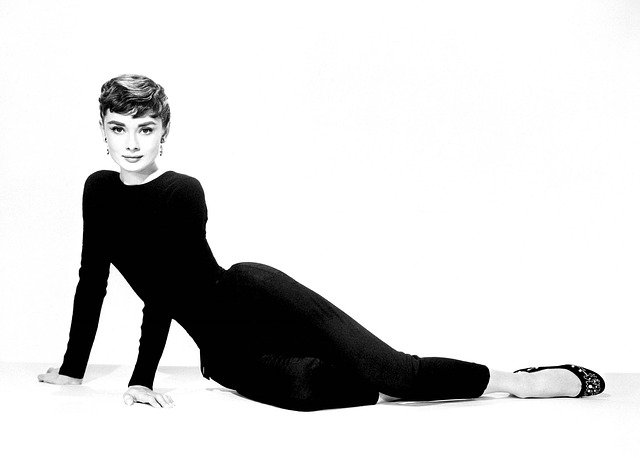
 Emma Watson
Emma Watson

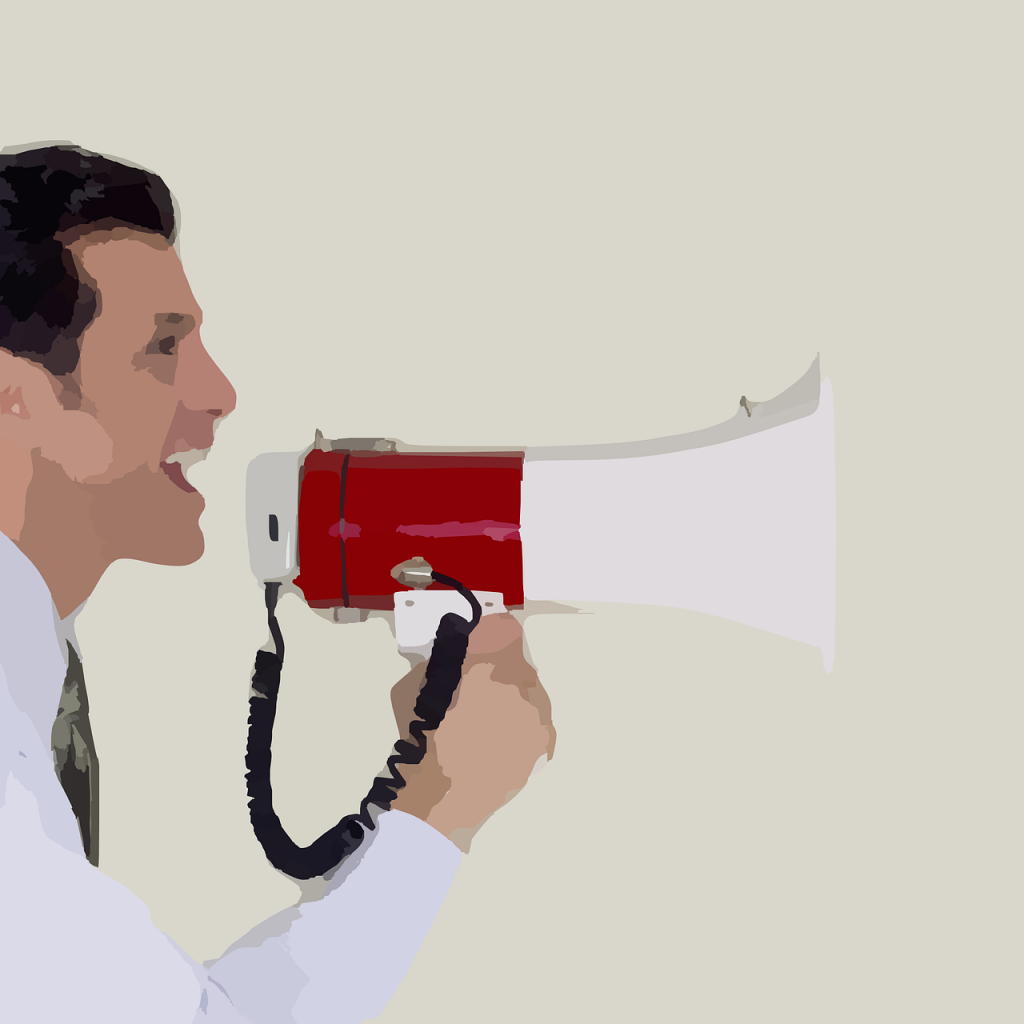
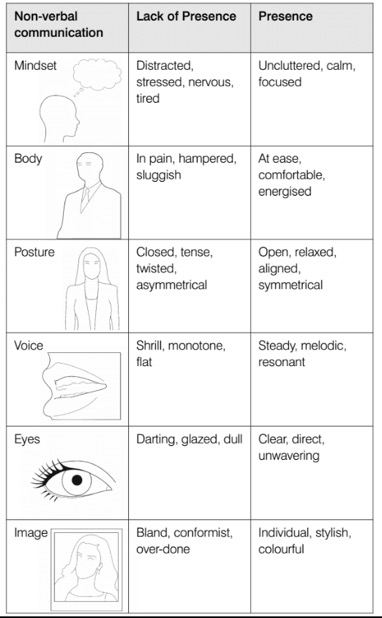

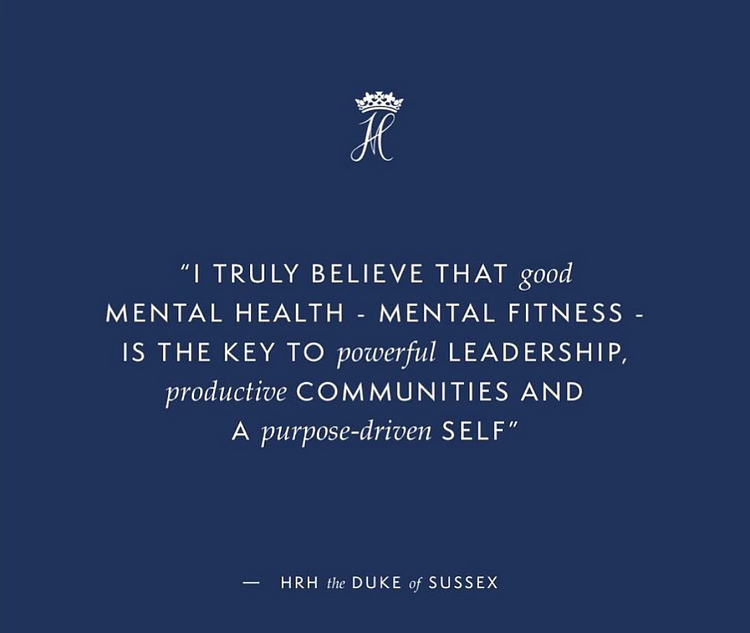


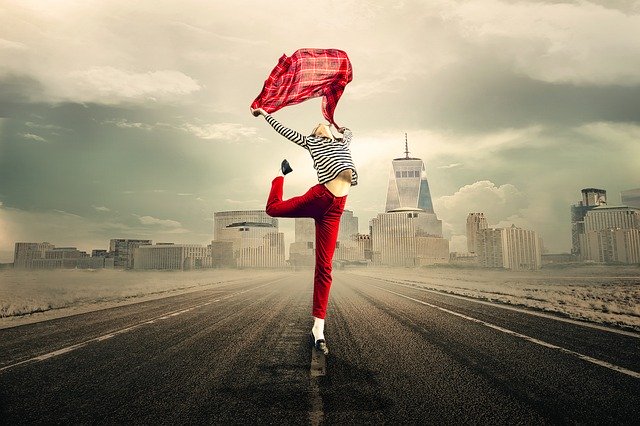
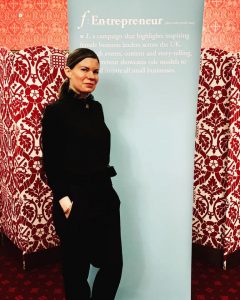
 Such brand stories can solidify our personal brand even when juggling different roles. Sometimes, however, you can have a bit of fun with the two very different sides of your brand, adding a bit of leather to lace. To bring in another personal example, an important part of my personal brand is fitness, and in particular martial arts. I’ve been training in Taekwondo now for over 6 years, and while it feels like second nature to wear my Dobok in my academy, I also love swapping that black belt for that little black dress and some killer heels. As a result, my brand seems equally at home in a sweaty gym as it does a glitzy charity event, which I find quite fun! The thing that brings together these two sides of me is just that, me. Some people from my different worlds – my professional world, my social world, my fitness world – might be surprised when
Such brand stories can solidify our personal brand even when juggling different roles. Sometimes, however, you can have a bit of fun with the two very different sides of your brand, adding a bit of leather to lace. To bring in another personal example, an important part of my personal brand is fitness, and in particular martial arts. I’ve been training in Taekwondo now for over 6 years, and while it feels like second nature to wear my Dobok in my academy, I also love swapping that black belt for that little black dress and some killer heels. As a result, my brand seems equally at home in a sweaty gym as it does a glitzy charity event, which I find quite fun! The thing that brings together these two sides of me is just that, me. Some people from my different worlds – my professional world, my social world, my fitness world – might be surprised when